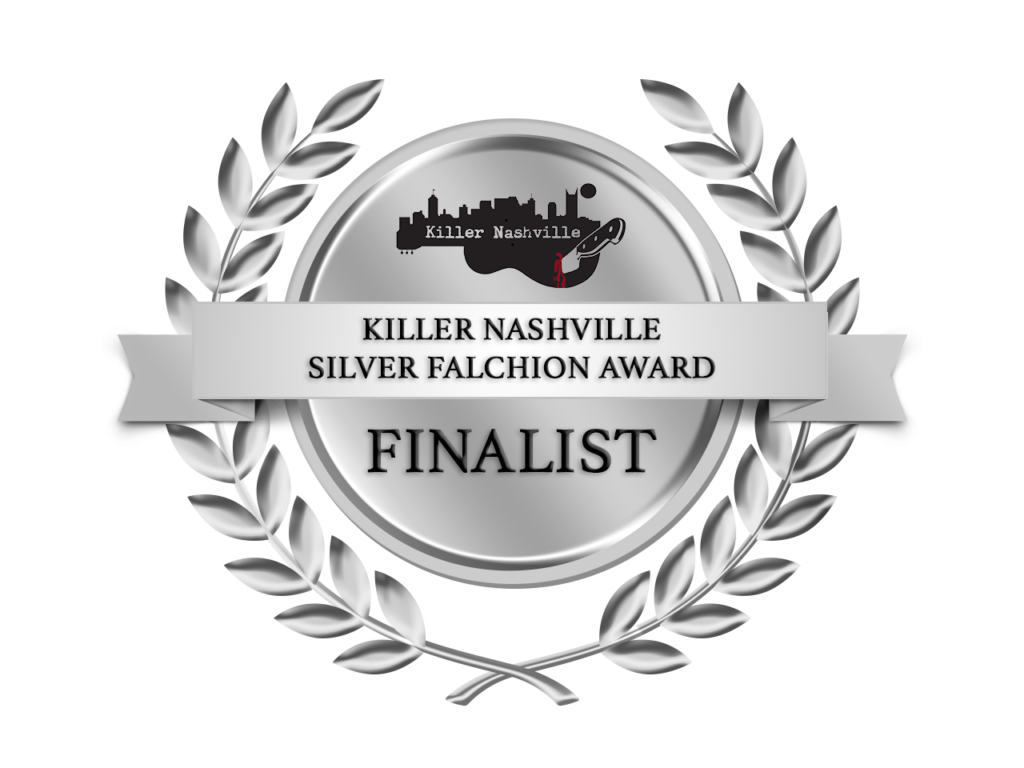Life is hectic here as I’ve been dealing with kitty stress & vet visits and also preparing some short stories for Halloween (stay tuned!). So today’s seasonally-creepy post isn’t written by me: instead, I’m sharing excerpts from a paper on the toxic process of writing and manuscript production in medieval times. From none other than Mr Erich Morgan Huhn, here is a bit of illumination into the world of manuscript writing.
Greater Than The Sword:
Toxins in Manuscript and Early Book Production
The labor of the scribe is the refreshment of the reader: the former weakens the body, the latter profits the mind. Whoever you may be, therefore, who profit by this work, do not forget the laboring one who made it . . . Because one who does not know how to write thinks it no labor, I will describe it for you, if you want to know how great is the burden of writing: it mists the eyes, it curves the back, it breaks the belly and the ribs, it fills the kidneys with pain, and the body with all kinds of suffering. Therefore, turn the pages slowly, reader, and keep your fingers well away from the pages, for just as a hailstorm ruins the fecundity of the soil, so the sloppy reader destroys both the book and the writing.
Florentius of Valeranica, 10th c.
As Florentius explains, the often anonymous labor of creating a manuscript was backbreaking and served to “profit the mind” of the reader. Misting the eyes, the scribe would squint in the dark halls of a scriptorium to see the finely marked ruling. Curling the back, the scribe bends over the desk or table from which the manuscript is created. Breaking the belly and the ribs, the scribe tucks his work close to his body in order to see the fine markings of the illuminator in order to ensure space for the rich decoration. But the kidneys? Whatever could fill the kidneys with pain? In the workshops and scriptoriums of the mediæval world, there was no shortage of toxins from which the scribe could contract a myriad of health issues.
Like many aspects of medieval life, manuscript and early book production was rife with dangers. In a time before OSHA, medieval scribes dealt with toxic materials on a daily basis. Looking just at the parchment and vellum used by medieval scribes, the tanning and creation of the writing supports required the interaction with various toxic compounds like arsenic. Yet arsenic was not limited to the parchment. Like with many of the toxic compounds medieval scribes encountered, arsenic was an important ingredient in the pigments used to create vibrant illustrations. Chief among the poison pigments was lead, which played an important role in the production of manuscripts as both pigment and tool. Looking at parchment, arsenic, and particularly at the various forms and impacts of lead, this paper will show that while the sword may have been messier, the medieval scribe’s pen was certainly just as deadly.
[Animal] Skin Problems
Although the dangers of parchment production were tangential to the occupational hazards of a medieval scribe, the risks that were assumed in parchment production should be considered when discussing the deadly manuscript. In the parchment making process, animal hides are taken and soaked in lime solutions. After soaking and rinsing, the skins are dehaired, stretched, and dried. While the entire process seems safe enough the compounds, bacteria, and pollution created in the process pose various health risks for the individuals involved in (and living close to) the production.
Lime is a highly caustic mineral that, in parchment production and leather tanning, is used to corrode the hair and fat off of the more durable animal skin. Throughout history tanneries and the neighborhoods surrounding them have been considered highly undesirable. This is likely because not only were the areas extremely odorous due to the process of removing dead flesh but also because of the highly polluted water runoff that resulted from the tanning process. Articles by popular news agencies highlight the problems faced even by modern societies trying to compete with the demand for leather and the environmental and health costs of the tanning industry.
Although modern leather production may turn a blind eye to the health and environmental risks, medieval tanners had no idea of the toxic bacteria and germs that colonized the soaking tubs and spread through local water supplies. Unlike the toxic elements discussed below that had more directed and singular impacts on the medieval scribe him-(or her)-self, parchment production poisoned entire communities.
Green with Arsenic
Another little-understood poison that has appeared in manuscripts has been arsenic. The famed poison preferred by Victorian scions and black widows also proved a useful pigment for some rare manuscripts. Although arsenic has had a clear history as a poison, its commercial usage often outshined the medical dangers. Manuscript uses were just one of many found for the deadly compound.
Researchers looking at a collection of manuscripts at the University Library of Southern Denmark and the Smithsonian Libraries have found arsenic based green pigments used to cover up medieval manuscripts that were used as waste bookbinding material in later books. The green pigments, similar to the Paris Green that was popularized in the early nineteenth century and found commercial applications in wallpaper dye (the famous end of Napoleon) and confectionaries. According to the study, the medieval manuscripts that were found attached as binding scraps to help re-enforce the bindings of early printed books, were painted with the arsenic based pigments in order to obscure the original texts and provide a bright green binding.
Although the use of arsenic pigments posed little threat to medieval scribes after the fact, other studies have shown that arsenic was a known pigment compound in the medieval period. According to the study, which examined Irish manuscripts produced after 1100, uncovered that pigments used by medieval scribes included arsenic to achieve yellows, mixing the substance with sulfur. As will be shown below, like with lead, accidental contamination could have been possible with the finely ground arsenic compounds that were needed to make the vibrant pigments used by medieval scribes.
Better Lead than Dead
Chief among the culprits of poisoning medieval scribes was the use of white lead as a pigment in the decoration of manuscripts. As Clemen and Graham explain, white lead in medieval times was made by scribes by taking thin sheets of lead and hanging them over acidic vapors (typically wine) and allowing heat and moisture to cause a chemical reaction that created a white crust that was then scraped off and ground into a fine powder. The powderized lead carbonate was then mixed with binding agents to create an ink or paint that could be easily worked with and gave a brilliant white glow that was stable centuries after the art was created.
Lead white, with its brilliant clear color, became the go-to pigment for illumination highlighting and helped medieval scribes enhance other colors on the page by placing the clear white next to them. By outlining figures, initials, and vinework in lead white medieval scribes were able to take their work to the next level. At the same time, the gleaming white produced by lead white pigment enabled medieval scribes to execute stunning grisaille by using the white to mimic the reflective properties of metalwork. Medieval scribes were further able to enhance the manuscript’s dull pages by mixing lead white with other pigments to lighten the colors produced, and lead white became a popular additive to other (likely less deadly) pigments, inks, and paints.
Lead white continues to be a popular option for artists who claim that the brilliant white achieved from the pigment is not comparable to any other. While lead white paint is still available today, it is only sold in small quantities at pricy art suppliers and is difficult to find in the raw pigment form.
Conclusions
The pen might be mightier than the sword, but that doesn’t mean it is safer. As shown above, medieval manuscripts may have saved the ancient knowledge of antiquities but they were created using toxic compounds that would have cost a heavy toll on their creators. Parchment and vellum made in tanneries would have polluted the communities and created unhealthy breeding grounds for bacteria. Arsenic was used in pigments to lend color to the vibrant illustrations. But most strikingly, lead played a key role in enabling medieval scribes to create beautiful colors for their illuminations and tightly rule the pages of manuscripts.
Although it is difficult to know for certain the impact each of these toxins may have had on the scribe, and further archaeological and scientific testing needs to be done, the true creation of a medieval manuscript was not done in a peaceful scriptorium but likely, as Florentius noted, in a world that was surrounded by the pain brought on by the creation of the manuscript itself.





October 23, 2021 at 4:23 pm
This was an extremely interesting read by Professor Huhn. I never realized that the simple act of reading and writing could be so toxic!
October 23, 2021 at 5:53 pm
So true! He did some great work and I was happy he was willing to share it ;D